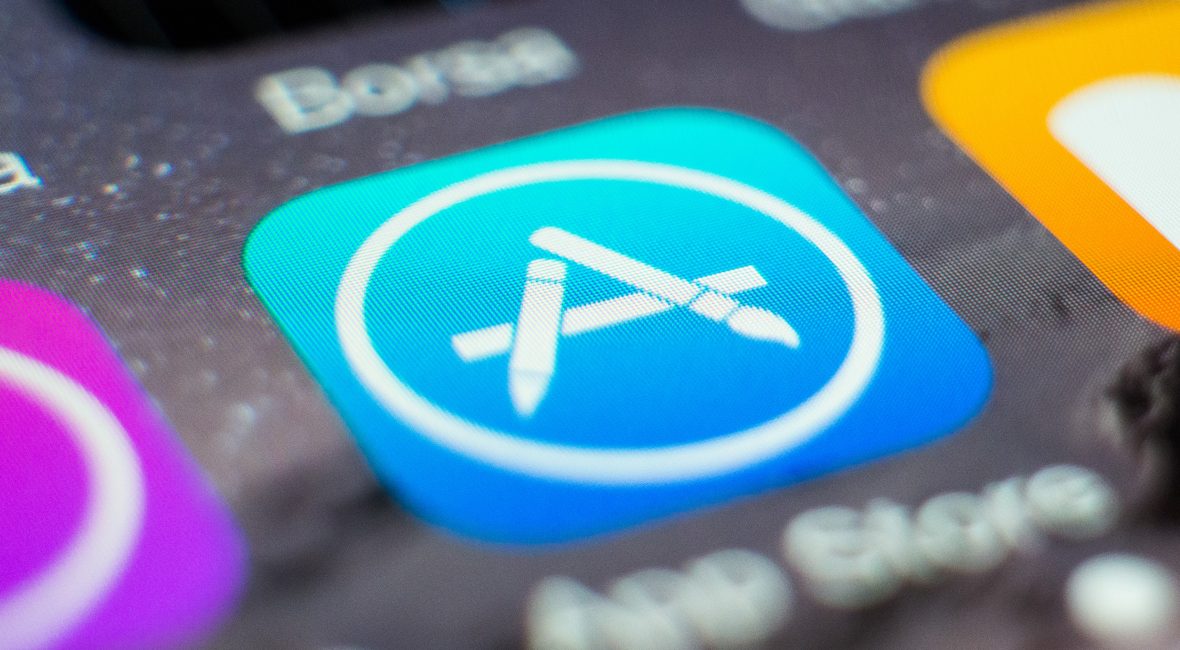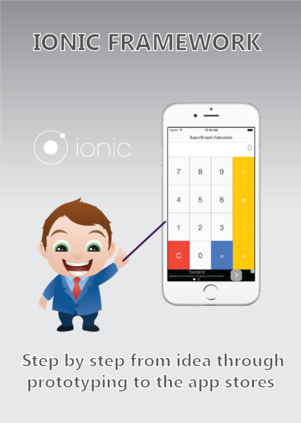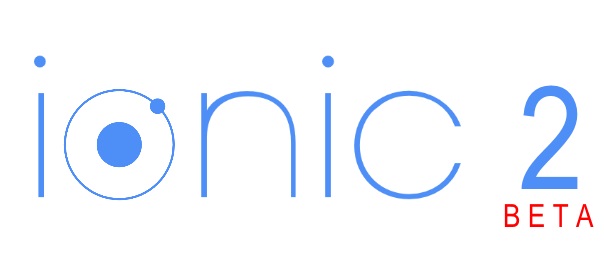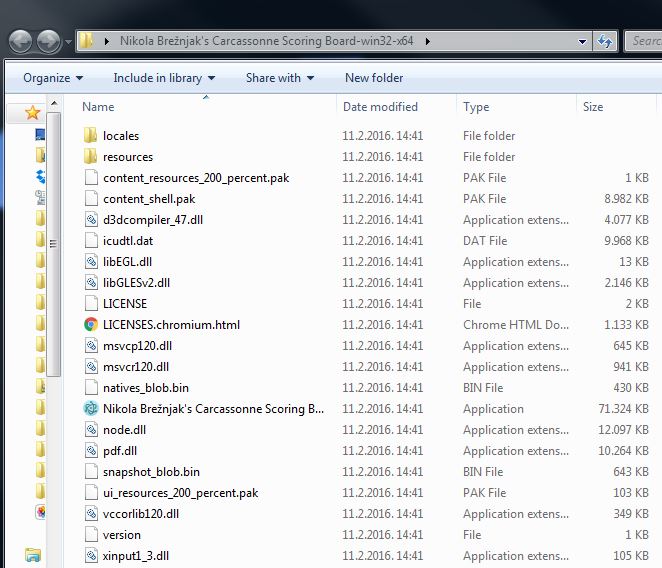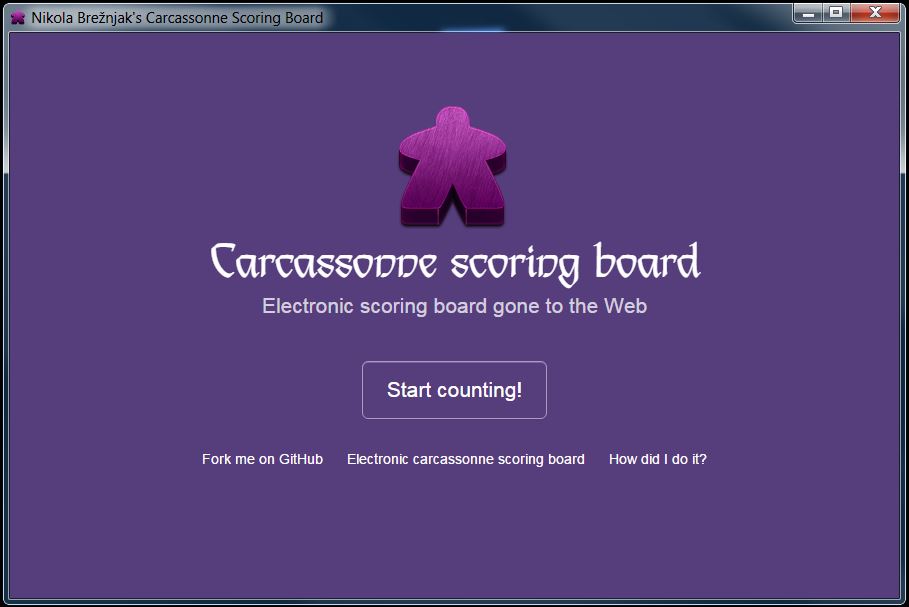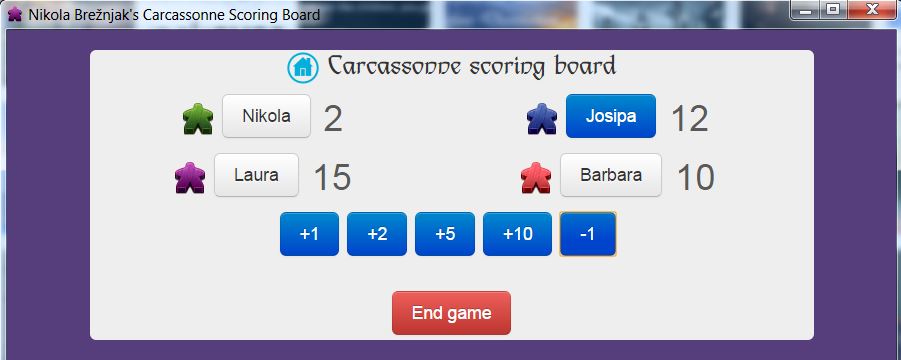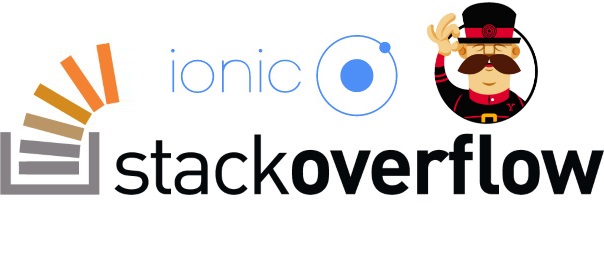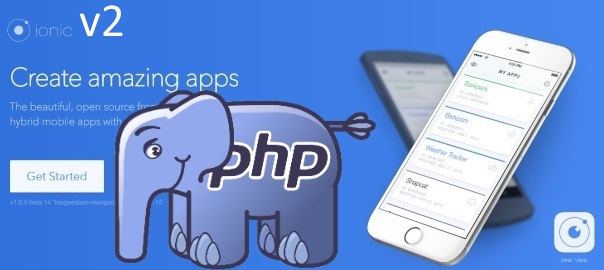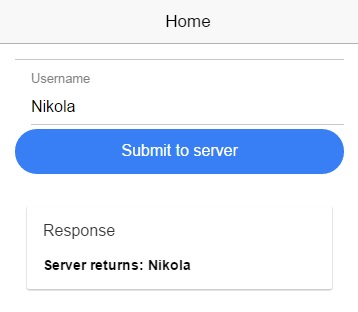In this StackOverflow question I answered how to showcase your Ionic apps for a portfolio without publishing them to App Stores

I’m a big fan of Stack Overflow and I tend to contribute regularly (am currently in the top 0.X%). In this category (stackoverflow) of posts, I will be posting my top rated questions and answers. This, btw, is allowed as explained in the meta thread here.
As you may know, I’m really into Ionic framework lately and am helping out on StackOverflow with the knowledge I gained so far with the framework. I’m currently #3 in the top All time answerers list.
I answered this question by user Jubl:
I have a few Ionic apps that I made that I want to add to my portfolio site for potential employers to check out. However, I would like to upload them somewhere so that when a visitor clicks on my link, it will take them to a website showcasing my app. I don’t want to push my apps to the actual stores, but still make them publicly viewable. Is this possible to do with an Ionic application?
I understand that Ionic View exists, but I have to send out email permissions for people to try my app (from what I know). I’d rather my apps just be uploaded somewhere and be easily accessible through links.
My answer was:
Actually, with Ionic View you can just share its ID number (see the image below) and anyone with this number will be able to download your app (via Ionic View) without you having to send them the invitation.

Your second option, but maybe a bit harder to do is to host your application on your server. So, you would take all the content from the www folder and simply put it on your server in a certain folder and your app would then be accessible from the web as well. What I usually do is I create an iPhone image and create an iframe in which I then show the Ionic app. I won’t go into details here, there are similar questions that cover this particular topic already.
Anyways, hope this helps, and clearly for the least effort, the Ionic View seems like the best option.
#Showcasing #Ionic Apps For a Portfolio Without Publishing Them to App Stores https://t.co/3npCjin5rG
— Nikola Brežnjak (@HitmanHR) April 23, 2016


